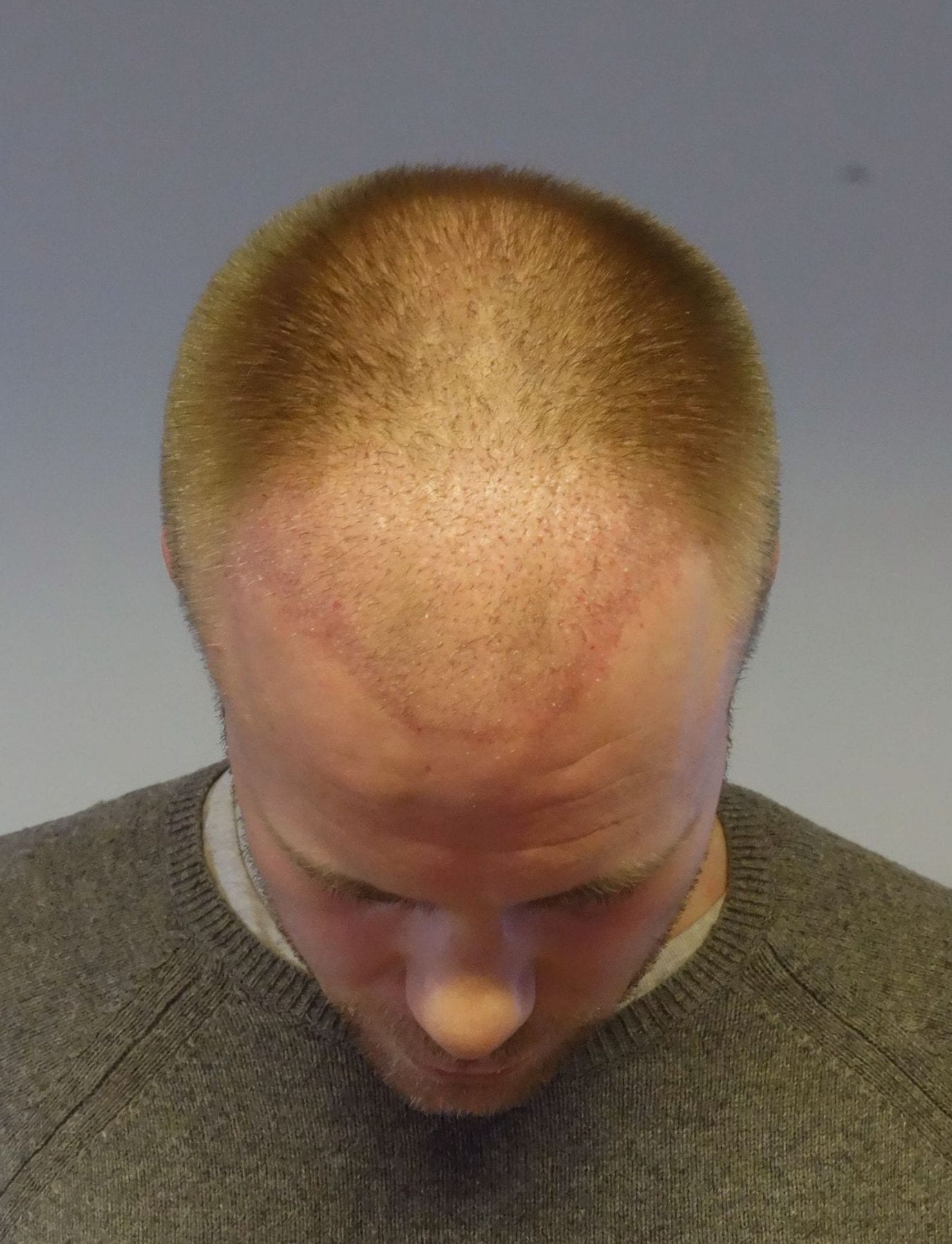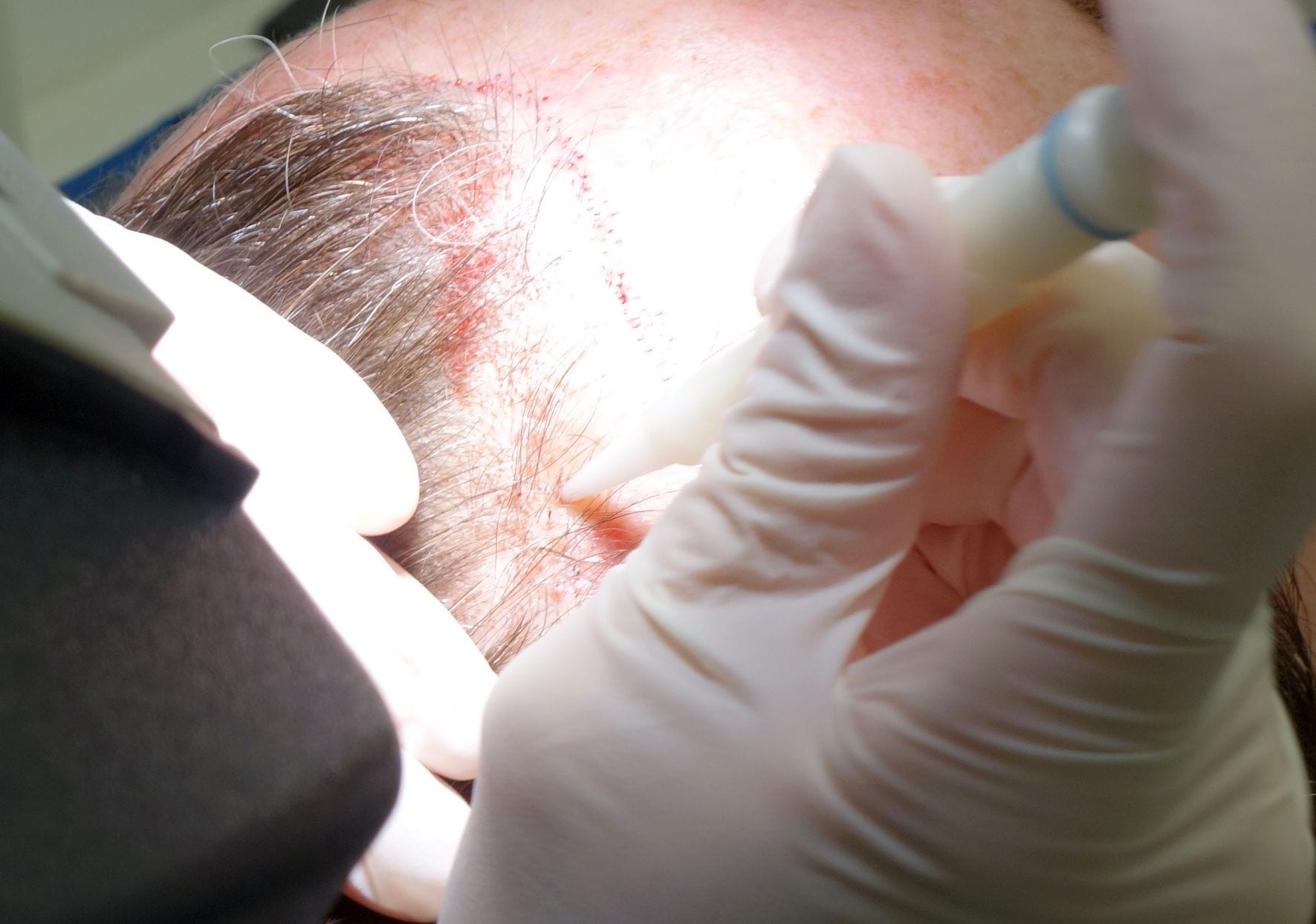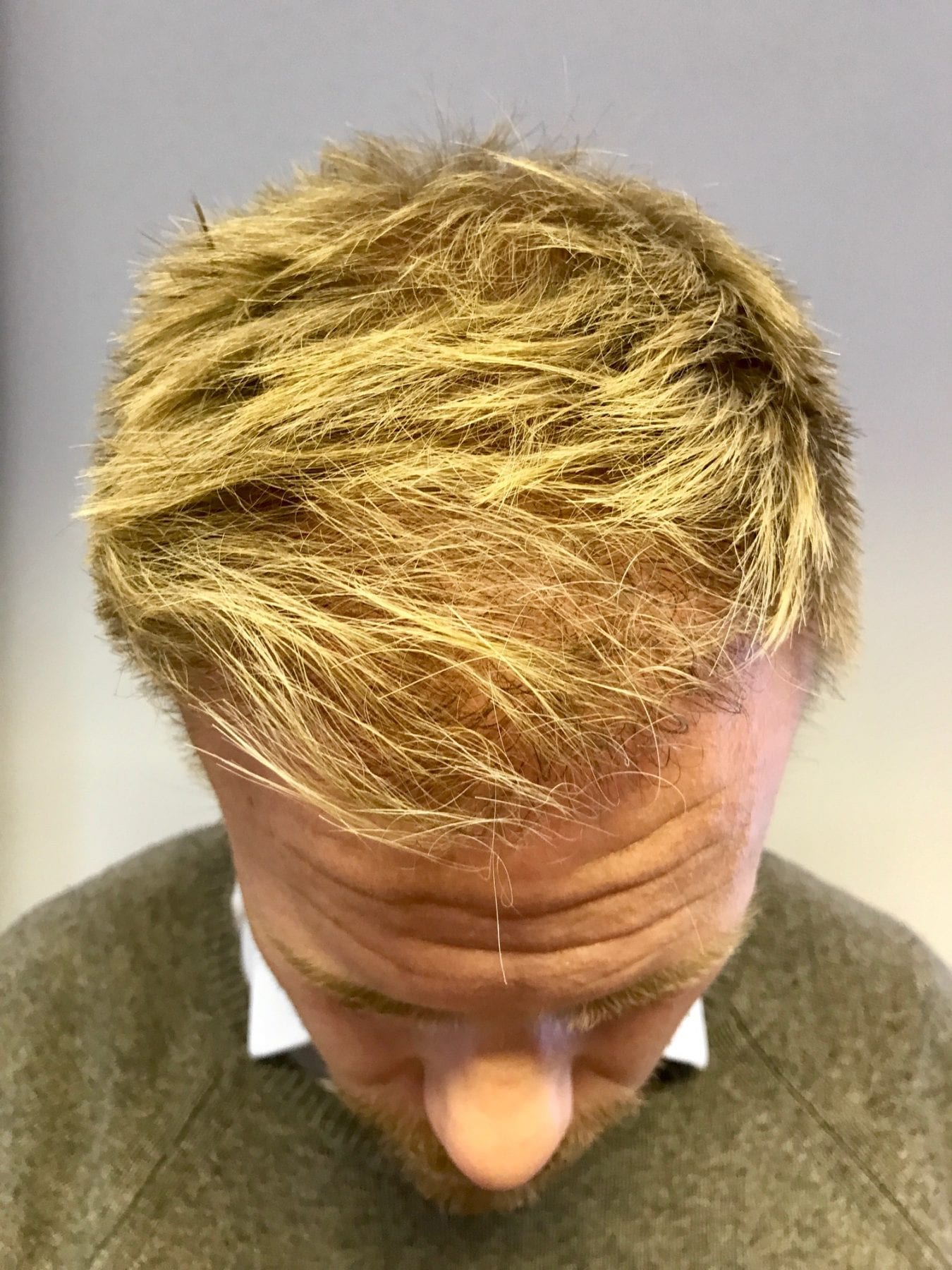Blog Updates

January-2020
POST-PROCEDURE HAIR FALL, THE DORMANT PHASE AND REGROWTH
14-01-2020
MHR Clinic trichologist David Charles explains why transplanted hair falls out and why you shouldn’t worry.
THE initial weeks and months after your FUE hair transplant can prove disheartening. A sense of anticipation often gives way to one of frustration as newly transferred follicles shed their hair.
Extracting follicles from the side and back of a scalp and implanting them in a crown and hairline usually causes them to fall dormant for a short period of time, as they settle in to their new environment and secure a supply of blood.
Known as a ‘Telogen stage’ in hair growth, only a small percentage of our clients are fortunate enough to avoid this phase of hair regeneration. MHR partner Michael Vaughan was one. He bypassed the resting ‘Telogen’ phase entirely, suffering no hair fall or dormant period at all.

MHR partner Michael Vaughan suffered no dormancy phase.

BBC weatherman Simon King’s follicles experienced a prolonged resting period
In contrast, BBC weatherman Simon King experienced a full dormant period after his MHR Clinic hair transplant. His hairline only began to show an initial impression of its new shape four long months after his procedure in February 2019.
For most MHR clients, transplanted follicles shed their hair within three weeks of being repositioned by our surgeons. The stress each one undergoes while being extracted and implanted causes the hair to fall, which is also necessary for fresh hair growth to occur. This is usually experienced by our clients approximately 10 weeks after a FUE procedure.

Careful implantation of follicles around existing hair prevents shock loss
SHOCK
If not managed correctly, a small amount of existing hair in the recipient area can suffer a syndrome known as shock loss. Shock loss of hair from existing follicles happens as a reaction to having newly planted follicles arrive in their environment on the scalp.
In these cases, all hair in the recipient area enters a resting period together. And while shock loss leads to further hair fall, the pre-existing hairs can return during the remainder of the regrowth period after FUE.
MHR Clinic, however, uses techniques to minimise shock loss to the extent very little, if none, occurs. Our surgeons are highly skilled in placing transplanted follicles around existing hair – something they also had to do during Simon King’s procedure.
Our experienced GP also prescribes measured amounts of finasteride to stabilise hair in the recipient area. The result is minimal, if any, shock loss in the majority of client cases at MHR.

Simon’s hair entered a strong growth phase four months after his FUE procedure
SOURCE
A resting phase of two to five months can follow the post-procedure hair fall. This frustrating dormancy phase in transplanted hair regrowth occurs as nerve endings in the scalp attach themselves to the newly planted follicles, providing them with their new blood supply.
Once the blood supply is established, healthy hairs then begin to spring forth from their follicles. Most hair transplant patients experience this and then their most significant phase of hair growth from month five to 14 after a FUE procedure.
If though you are Michael Vaughan your new hair and indomitable chutzpah are fully restored within nine months. The man is blessed, we tell you.
For more information about the regrowth of newly transplanted hair, or any other matter about hair restoration, please contact one of our clinics. Our knowledgeable staff are happy to help you.
